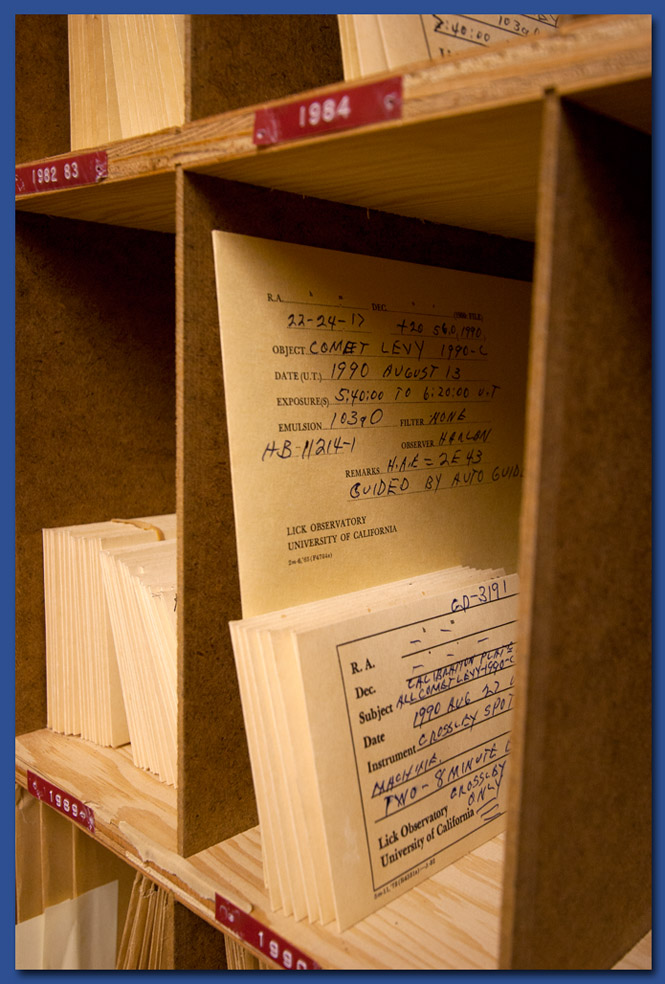Gallery 1 - Astronomical > Observatories > The Lick Observatory
We flew over the Lick Observatory on our way back from a conference in California in November of 2008. The observatory is situated on the summit of Mount Hamilton, in the Diablo Range just east of San Jose, California.
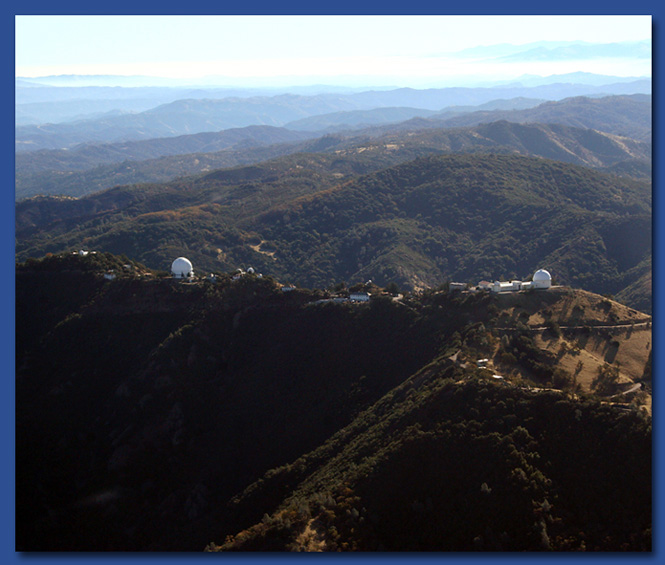
Lick Observatory was the world's first permanently occupied mountain-top observatory. The larger dome under the wing holds the Shane 3 meter reflecting telescope. One interesting thing about this telescope is it started as a 10,000 lb Corning Labs glass test blank for the Palomar Observatory's 200 inch (5 m) Hale telescope. Calteck sold it to the Lick Observatory which was then transported to Mount Hamilton where the blank was ground and polished by the Observatory.
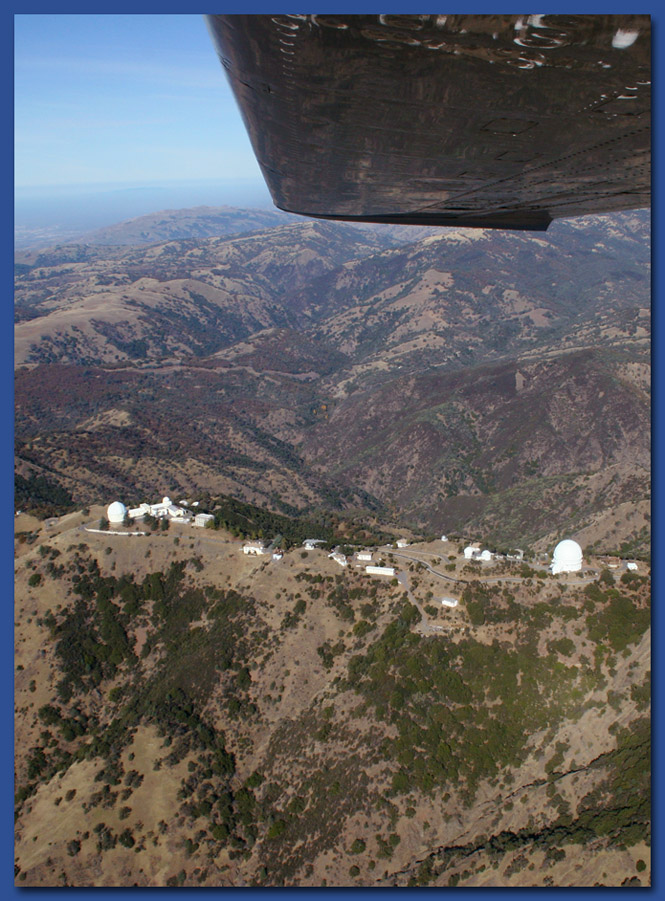
The main observatory building and the South (large) Dome is home to the famous 36 inch James Lick refracting telescope. During first light in 1888, it was the world's largest refracting telescope. That was until Yerkes Observatory was built 11 years later with a 40 inch refractor.
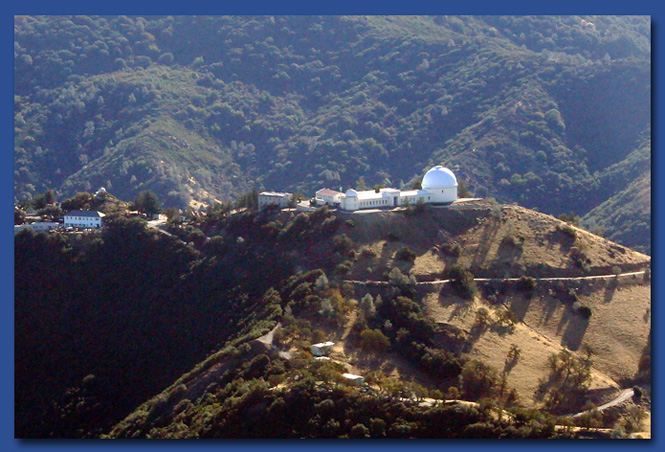
The back of the main building with the residences. In 1939, an airforce fighter plane crashed into the main buiding during night fog. Sadly, the pilots were killed but no one else was injured and damage was minimal and the telescopes were spared.
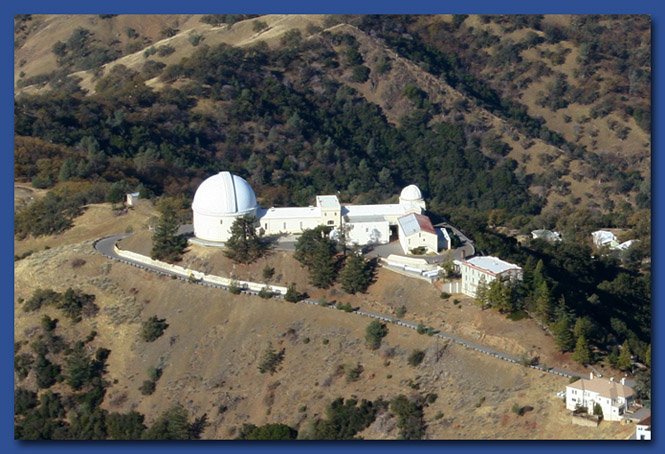
On another trip, we drove up the same road that was built back in 1875. Back then, all of the construction materials had to be brought to the site by horse and mule-drawn wagons, which could not negotiate a steep grade. To keep the grade below 6.5%, the road had to take a very winding path. The road supposedly has 365 turns and takes about an hour and half. Not for the faint of heart, especially if you suffer from motion sickness.
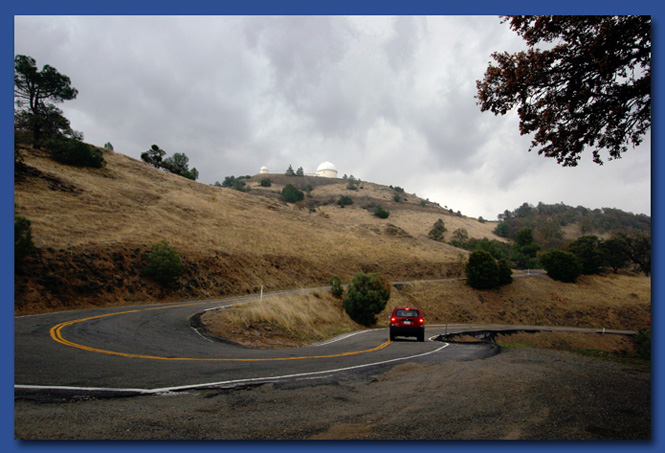
The front of the main building with the dome that holds the the 36 inch refractor.
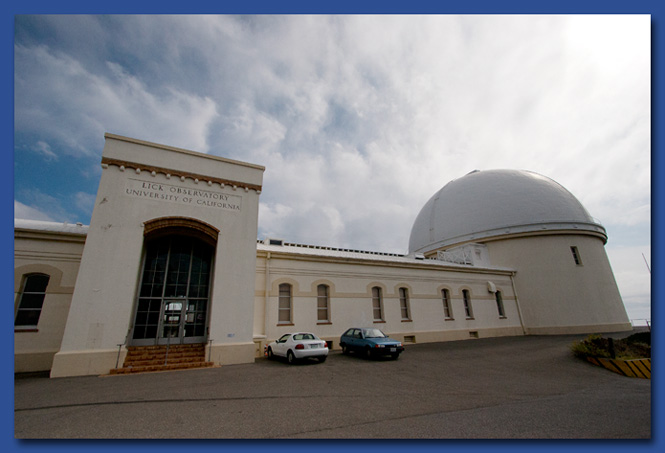
James Lick. At the time of his death, he was the wealthiest man in California, and left the majority of his estate to social and scientific causes. In 1874 he placed $700,000 to the University of California for the construction of an observatory and of a telescope to be more powerful than any other in existence.
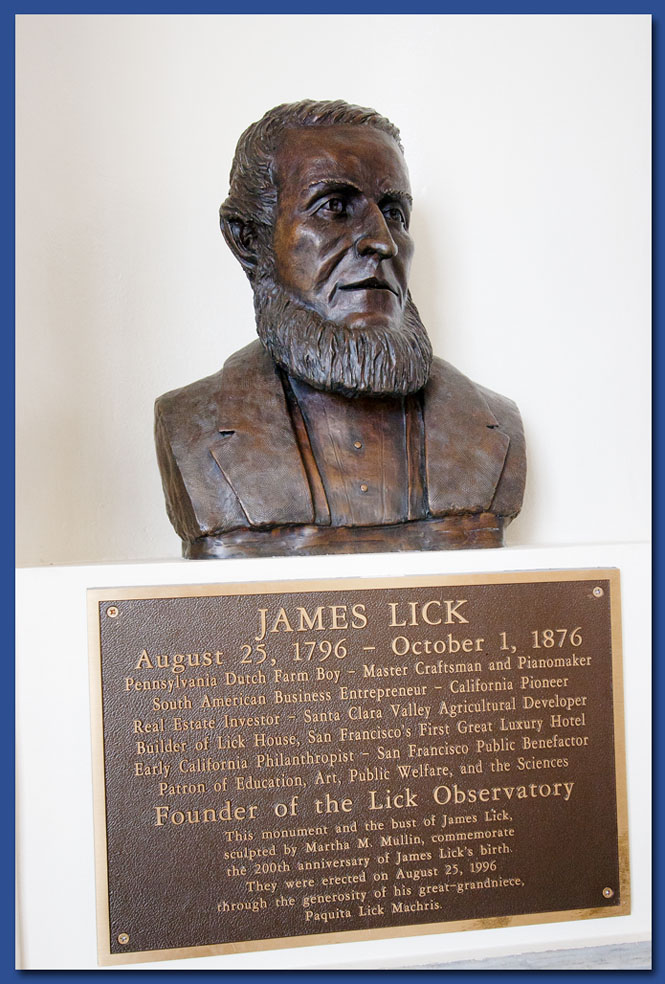
Never before had anyone attempted to make such a large lens for a telescope. After 18 failed attempts, it was finally installed and astronomers had to 'of course' wait several days for the clouds to part. But during first light, they couldn't bring it to focus. An error in the estimate of the lens' focal length caused the tube to be built too long. The great tube was unceremoniously cut back to the proper length with a hacksaw, and the star Aldebaran came into focus.
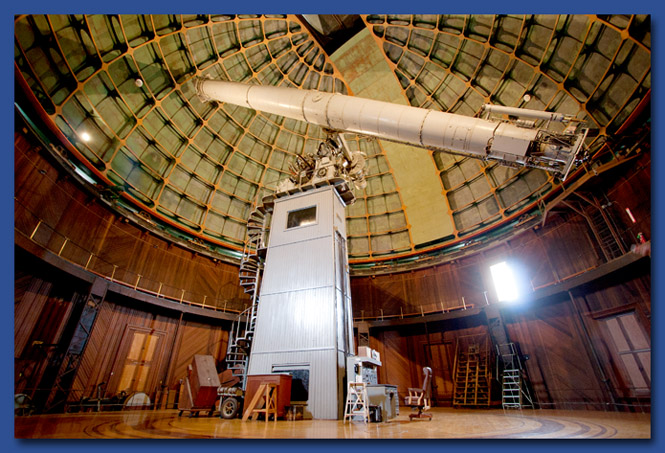
The beautiful marble floor under the telescope is 60 feet in diameter and moves up and down so the astronomer can conveniently reach the telescope. James Lick's body is buried under the floor with a brass tablet bearing the inscription "Here lies the body of James Lick."
During our visit, a fellow by the name of Ron Bricmont showed us some of the old photographic plates of early objects by astronomers of the day. At the time, the collection, estimated around 150,000 plates, was disorganized and vunerable to loss and damage. Ron and a few other volunteers began the huge task of cataloging, scanning and publishing a selection of plates of outstanding historical value.
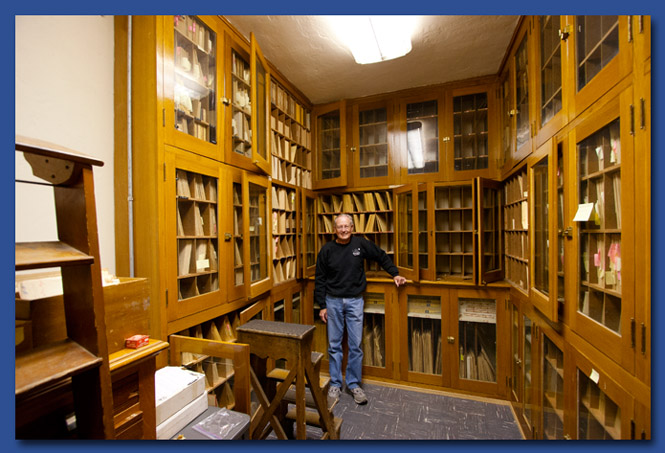
A year after our visit in November 2008 the observatory, recognizing the value and special vulnerability of the scientific objects, began the Historical Collections Project for their protection. The aims of this project are to locate and catalog the important scientific objects and to provide a safe and secure location for them, and to make information about the collection available to the public for education and historical research.
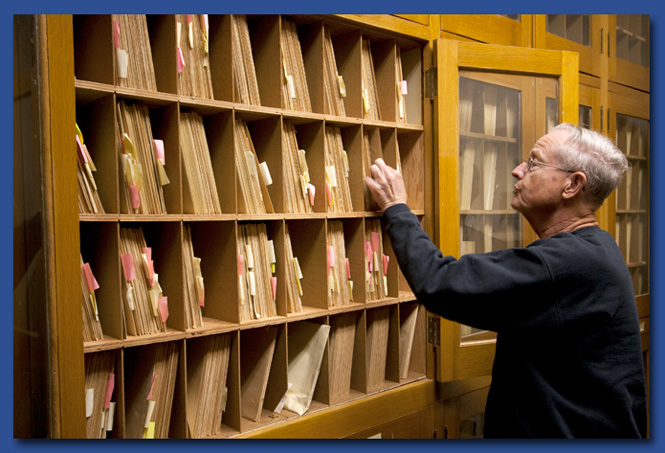
We were fortunate to meet Ron and see some of the plates and it is good to know they are doing so much to preserve and protect these valuable historical gems.
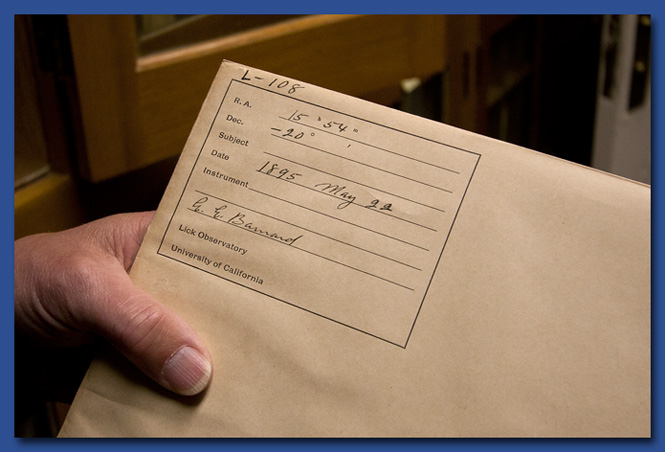
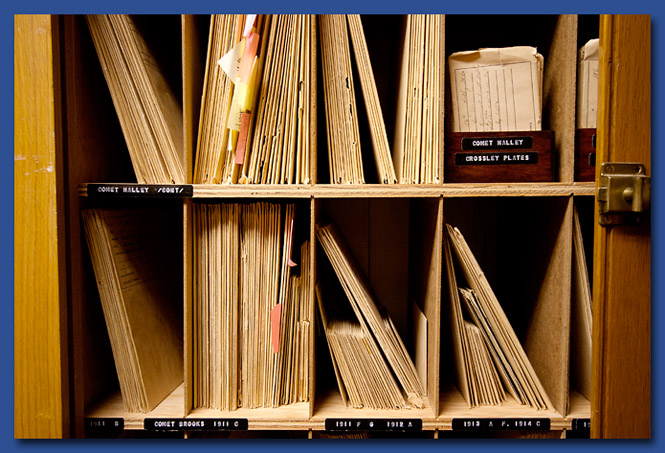
Go here to find out more about the Historical Collections Project.
